Economic Growth and Housing Demand
Economic growth in South Korea appears to be a significant driver for the mortgage lending market. As the GDP continues to rise, consumer confidence tends to increase, leading to higher demand for housing. In recent years, the housing market has shown resilience, with property prices appreciating by approximately 5% annually. This growth in housing demand encourages financial institutions to offer more mortgage products, thereby expanding the mortgage lending market. Additionally, as more individuals seek homeownership, the competition among lenders intensifies, potentially leading to more favorable lending terms for consumers. This dynamic suggests that the interplay between economic conditions and housing demand is crucial for the mortgage lending market.
Interest Rate Trends and Borrowing Costs
Interest rates play a pivotal role in shaping the mortgage lending market. In South Korea, the Bank of Korea's monetary policy directly influences borrowing costs. As of November 2025, interest rates are relatively stable, hovering around 2.5%. This stability may encourage potential homebuyers to enter the market, as lower borrowing costs can make mortgages more affordable. Conversely, any anticipated increases in interest rates could deter prospective buyers, leading to a slowdown in mortgage applications. Therefore, the relationship between interest rate trends and consumer behavior is vital for understanding the current landscape of the mortgage lending market.
Demographic Shifts and Homeownership Trends
Demographic shifts in South Korea are influencing the mortgage lending market. The increasing number of young professionals and families seeking homeownership is driving demand for mortgage products. As of November 2025, the homeownership rate among individuals aged 30 to 39 has risen to 60%, indicating a growing trend towards property investment. This demographic shift suggests that lenders may need to tailor their offerings to meet the specific needs of younger borrowers, such as flexible repayment options and lower down payment requirements. Consequently, understanding these demographic trends is essential for lenders aiming to capture a larger share of the mortgage lending market.
Government Policies and Housing Initiatives
Government policies play a crucial role in shaping the mortgage lending market. In South Korea, various housing initiatives aim to promote homeownership and make housing more accessible. For instance, the government has introduced programs that provide financial assistance to first-time homebuyers, which can significantly impact mortgage demand. As of November 2025, these initiatives have led to a 15% increase in mortgage applications from first-time buyers. Such policies not only stimulate the mortgage lending market but also reflect the government's commitment to addressing housing affordability issues. Therefore, the influence of government policies on the mortgage lending market cannot be understated.
Technological Advancements in Lending Processes
Technological advancements are transforming the mortgage lending market in South Korea. The integration of digital platforms and automated processes streamlines the application and approval stages, enhancing efficiency for both lenders and borrowers. As of November 2025, approximately 40% of mortgage applications are processed online, reflecting a shift towards digital solutions. This trend not only reduces operational costs for lenders but also improves the customer experience, making it easier for consumers to navigate the mortgage process. The ongoing evolution of technology in lending practices suggests a promising future for the mortgage lending market, as it adapts to meet the needs of a tech-savvy population.


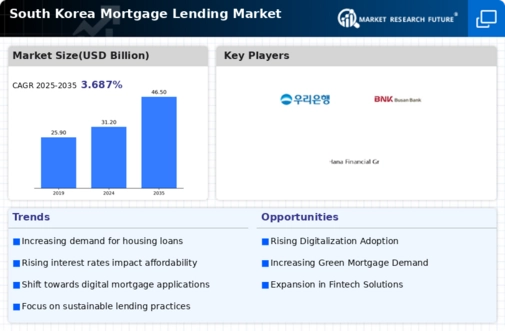
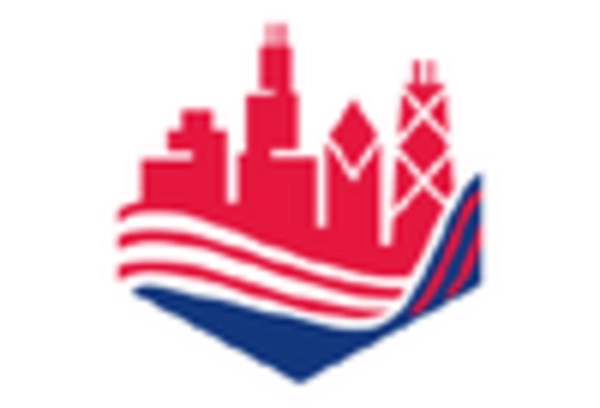
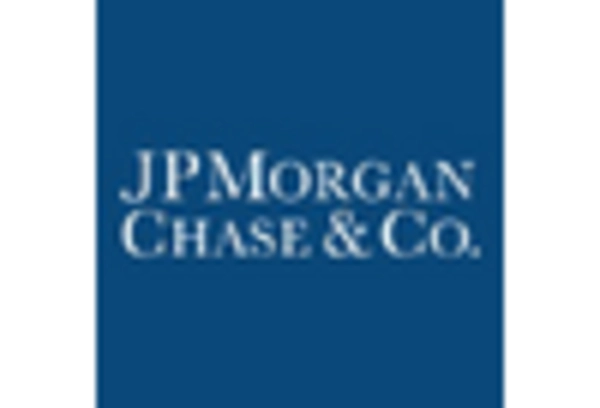
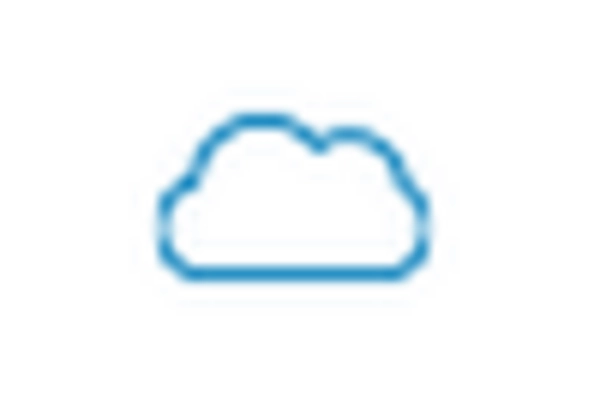
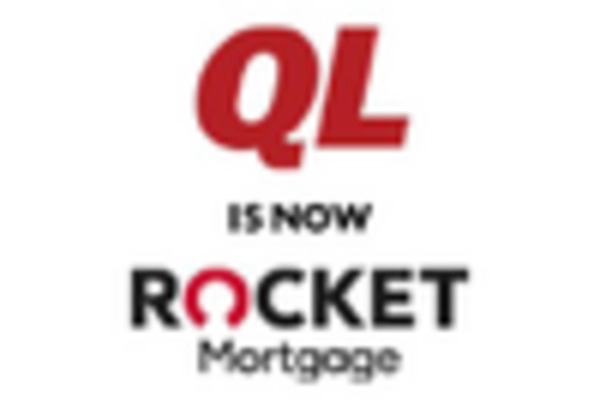
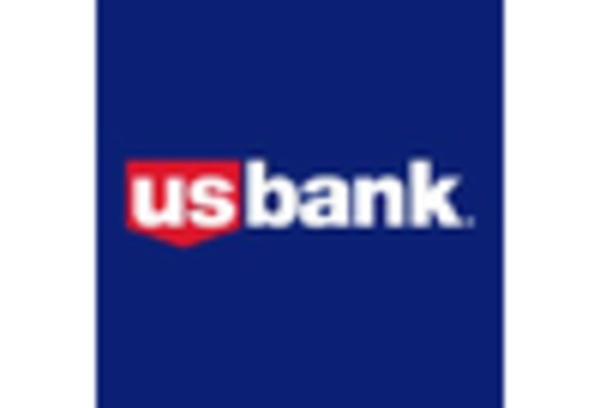
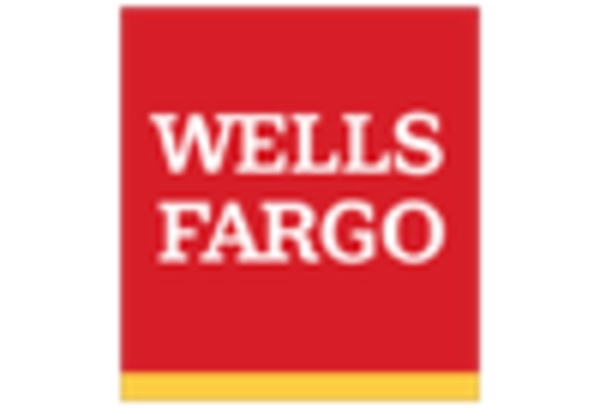








Leave a Comment